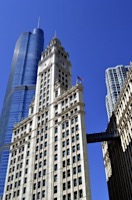
The Internet continues to grow bigger and bigger, thanks to growing number of Internet subscribers and Internet connected devices according to Akamai, which is about to release its latest State of the Internet (for Q1, 2011) report. The Internet’s expansion is accompanied by steady growth in bandwidth and connection speeds, Akamai’s research shows.
Here are some factoids from the report:
Nearly 60 percent of South Korean broadband connections had speeds of above 5 Mbps. South Korea also achieved the highest average connection speed at 14.4 Mbps. Hong Kong had an average connection speed of 9.2 Mbps, and Japan came in third with 8.1 Mbps.



















